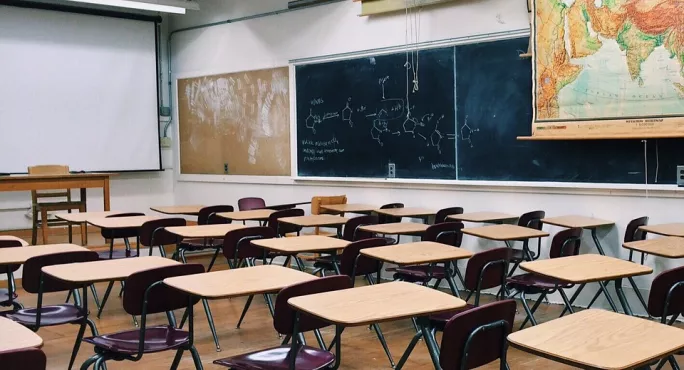Research comparing outcomes for independent and state pupils has found that a private education makes only a marginal difference to income by the age of 25 - when like for like pupils are compared.
The study, by Education Datalab, says it “compares apples to things that look a bit like apples”. It assesses long-term outcomes of Year 6 pupils who moved to independent schools having completed Year 6 in a state-funded primary school alongside outcomes of similar pupils from the same primaries who remained in the state sector.
Published today, the findings look at more than 40,000 pupils in three cohorts - who left Year 6 in the years 2003, 2004 and 2005 - and examines their outcomes in 2015-16.
Read: Private school pay rises ‘lagging’ behind state sector
Read: UK’s private/state school wealth gap may be ‘biggest in the world’
Tes Forum: Difference between state and independent schools
Of the group who were aged 23, mean earnings of those from the state sector were around £200 more per year. However, of the group who were aged 25, mean earnings were around £1,150 a year more for former independent school pupils (on a salary of £20,231, compared with £19,077).
The study also finds that more former state pupils (in each of the cohorts) had been employed for at least 180 days in the year.
However, when it comes to exam results, including going to university, the independent sector performed better in every cohort. Of those who had turned 24, the study finds that 49 per cent had achieved five of more A* or A grades at GCSE (compared with 37 per cent state pupils), and that 75 per cent had achieved three of more A levels (compared to 61 per cent), while 71 per cent had a degree (compared with 59 per cent).
Report author Dave Thomson states: “Of course, the pupils who move to the independent sector and their statistical matches may differ in other important ways which will affect subsequent outcomes. They may vary in resources and aspirations, for example.”
He asks: “Do independent schools make a difference?...The most we can say from this piece of work is that differences in outcomes between pupils who attended independent and state-funded secondary schools are due to more than prior attainment and basic pupil characteristics.
“Whether these differences are due to the effectiveness of independent schools, or differences in family background, including resources, remains unanswered.
“We would need access to data from the parallel universe in which the pupils who went to independent schools remained in the state-funded sector to answer it fully.”
The report says the difference in outcomes between those who went to independent schools and the matched set of pupils “are nowhere near are as wide” as those between all pupils who went to independent schools and all pupils who went to state schools (ie, without considering prior attainment and pupil characteristics) - which it likens to comparing “apples and Doritos”.
Those results revealshow that independent pupils were more than twice as likely to have achieved a degree by age 30, and were earning over 50 per cent more. A total of 48 per cent of independent school pupils achieved A* or A at GCSE (compared with 10 per cent in the state sector) and 76 per cent gained three or more A levels by aged 19 (compared to 19 per cent).




